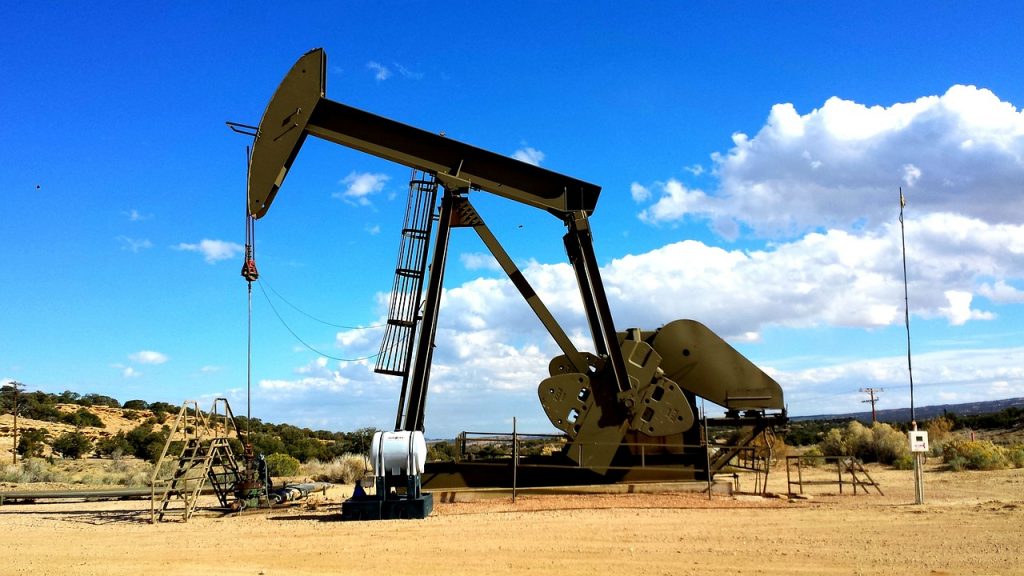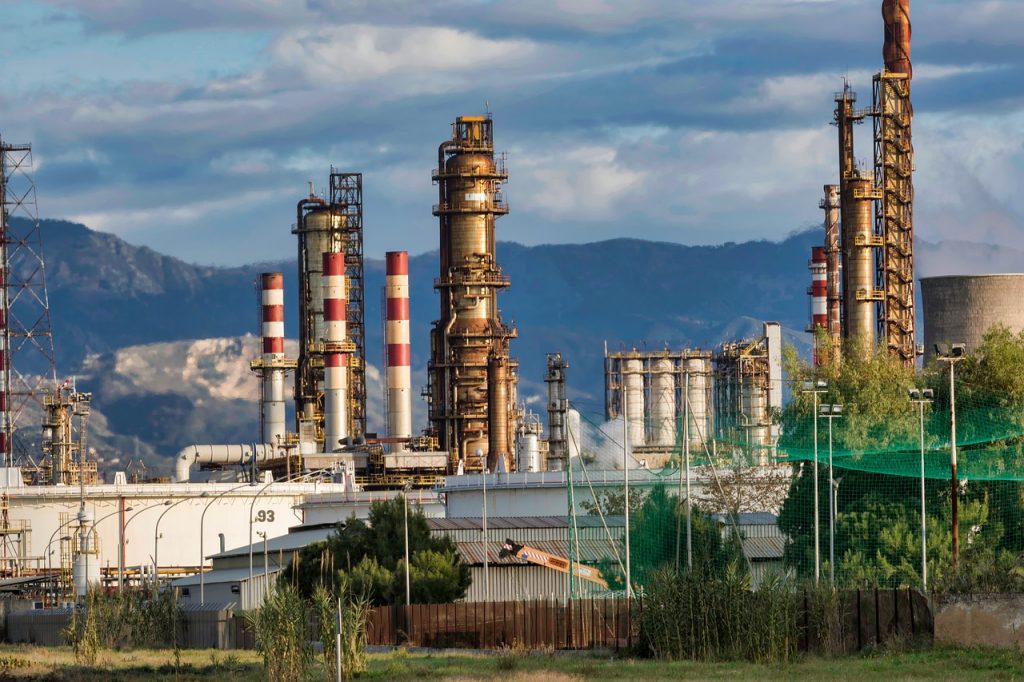The Oil Crisis Could Worsen If One Critical Thing Happens
The global oil crisis could worsen exponentially if one critical thing happens.
This article is more than 2 years old

Oil barrel prices have been soaring for the better part of a year now. The price hikes largely resulted from decreased production, supply chain, stalwarts, and widespread labor shortages that arose in the aftermath of pandemic-induced global shutdowns and have been only further exacerbated by an emerging energy crisis. All of this served to drive costs way up at the pump, too. At one point, people were playing close to $8 per gallon in some areas of the United States. Now, according to CNN, if one critical thing happens it could serve to make an already devastating oil crisis even worse.
If Russia decides to invade the Ukraine that could allegedly act as the catalyst that would potentially drive the price per barrel up from $91 to a staggering $120 effectively taking the oil crisis to new heights. Natasha Kaneva, JPMorgan’s head of global commodities, detailed that “Any disruptions to oil flows from Russia in a context of low spare capacity in other regions could easily send oil prices to $120.” This doesn’t bode well for economies, both globally and domestically, already weary and struggling from months-long price hikes and shortages across all industries.
The reason that oil prices could skyrocket to such stark levels if Russia does indeed make move to invade Ukraine is that their efforts to dominate the country could damage the existing oil extracting infrastructures within Ukraine. This would serve to further hinder supplies and reserves that are already severely lacking amid a sustaining oil crisis. However, perhaps even more concerning than the effect an invasion would have on oil prices is the fact that it could cause global tensions to rise, particularly between the United States and Russia. Considering that Russia is the second-largest producer and controller of oil and natural gas in the world, any attempt on their part to inhibit oil supply delivery to any other parts of the world, including the US could hurriedly usher in some serious problems.

As the world remains positioned on the edge of its seat as it waits to see if Russia will act on its threats, oil prices are still sitting at the highest they have been in nearly a decade. In the United States, at present, the cost per gallon at the pump is currently hovering at a hard-to-swallow $3.47 a gallon. However, if tensions between Russia and Ukraine are quelled forecasters have provided consumers with a sight bit of hope. If all stays quiet, the US Energy Information Administration predicted that the oil crises could temper and throughout the year drivers in the US can expect the average price at the pump to drop to around $3.24 per gallon. Even more advantageous predictions suggest that by the end of the year individuals could see prices per gallon fall below $3.
Still, as the public keeps its fingers crossed for signs the oil crises will be alleviated in the months to come, the situation overseas still remains unsteady. A JP Morgan executive asserted that even if tensions do simmer down, forecasters and consumers alike should still be cognizant of other potentially mitigating factors that could impact the market. He warned not to forget that Europe is still in the midst of enduring a gas-related energy crisis and that “A disruption in exports on any of the major pipelines could place Europe’s natural gas balance in a precarious situation, particularly given that 2022 started with record-low European gas inventories.”



